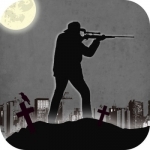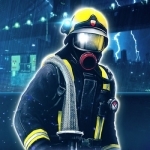
Accountant for iPad Calculator
Finance and Business
App
Accountant for iPad is the perfect calculator for general everyday use. Use it for adding columns of...

Last Day Survival:Survivor
Games
App
Last Day Survival:Survivor is a free end zombie survival strategy, with only one target for all...

Tap & Track -Calorie Counter (Diets & Exercises)
Health & Fitness and Lifestyle
App
Contains the largest OFFLINE food database of any iPhone calorie counter (over 500,000 foods)....

Accountant Free for iPad Calculator
Finance and Business
App
Accountant for iPad is the perfect calculator for general everyday use. Use it for adding columns of...

Fix My Truck: 4x4 Offroad Truck Mechanic Simulator
Games
App
Tear down, fix, mod, build, repair and totally upgrade an awesome pickup truck by installing the...

RESCUE: Heroes in Action
Games
App
Out now: The first expansion for RESCUE: Heroes in Action: Rising Storm with new vehicles and...

ThinkMaverick - Entrepreneur and Startup Notes
Business and Magazines & Newspapers
App
Are you looking to make a difference in your niche, industry or marketplace? Striving to start a...

Topo Profiler - elevation graph viewer
Navigation and Education
App
Topo Profiler is an elevation graph viewer. Topo Profiler can create a elevation chart(profile) to...

Chaos Control Premium
Business and Productivity
App
Chaos Control Premium was created to help you manage your goals, to-do lists and tasks in both your...

feather for Twitter
Social Networking and Lifestyle
App
Why not try out the simple, sleek, and stylish Twitter client that achieved the number 1 ranking...